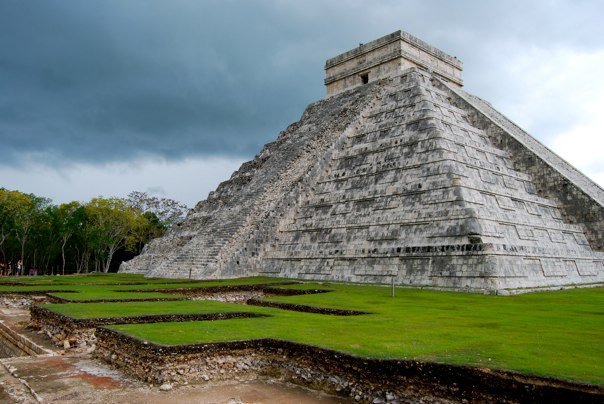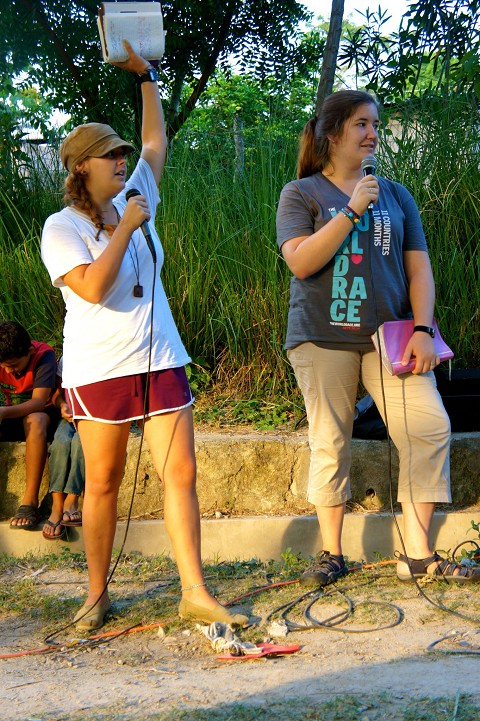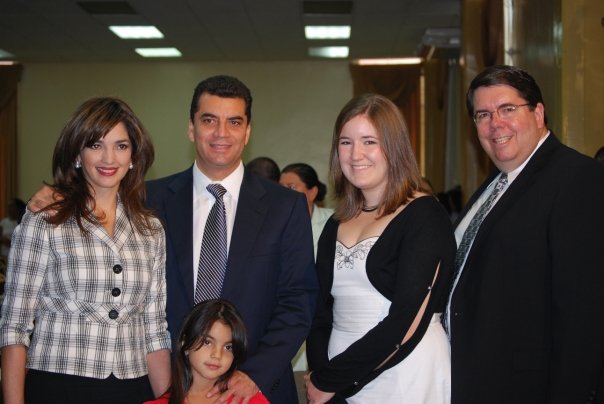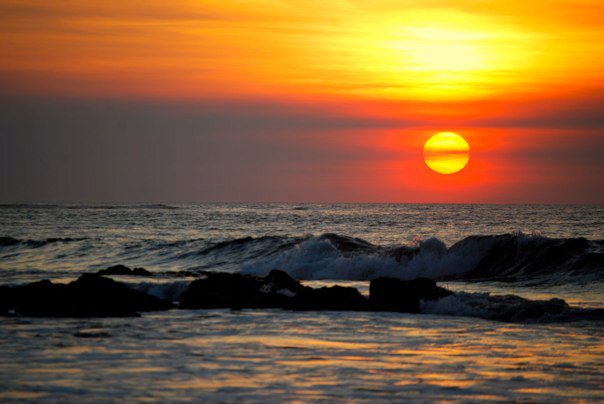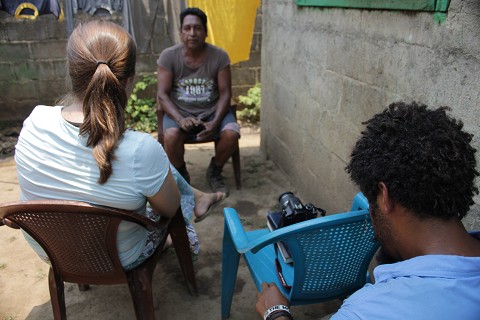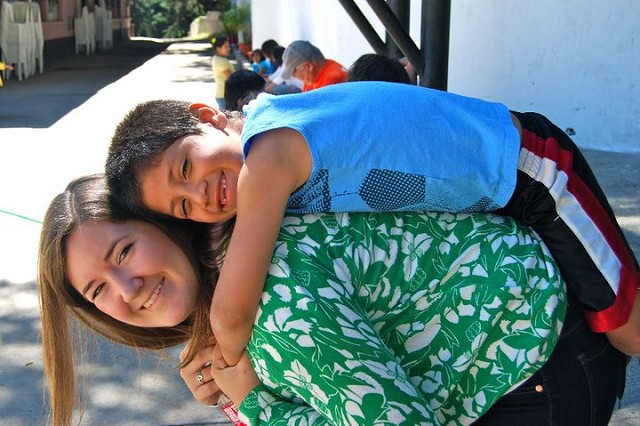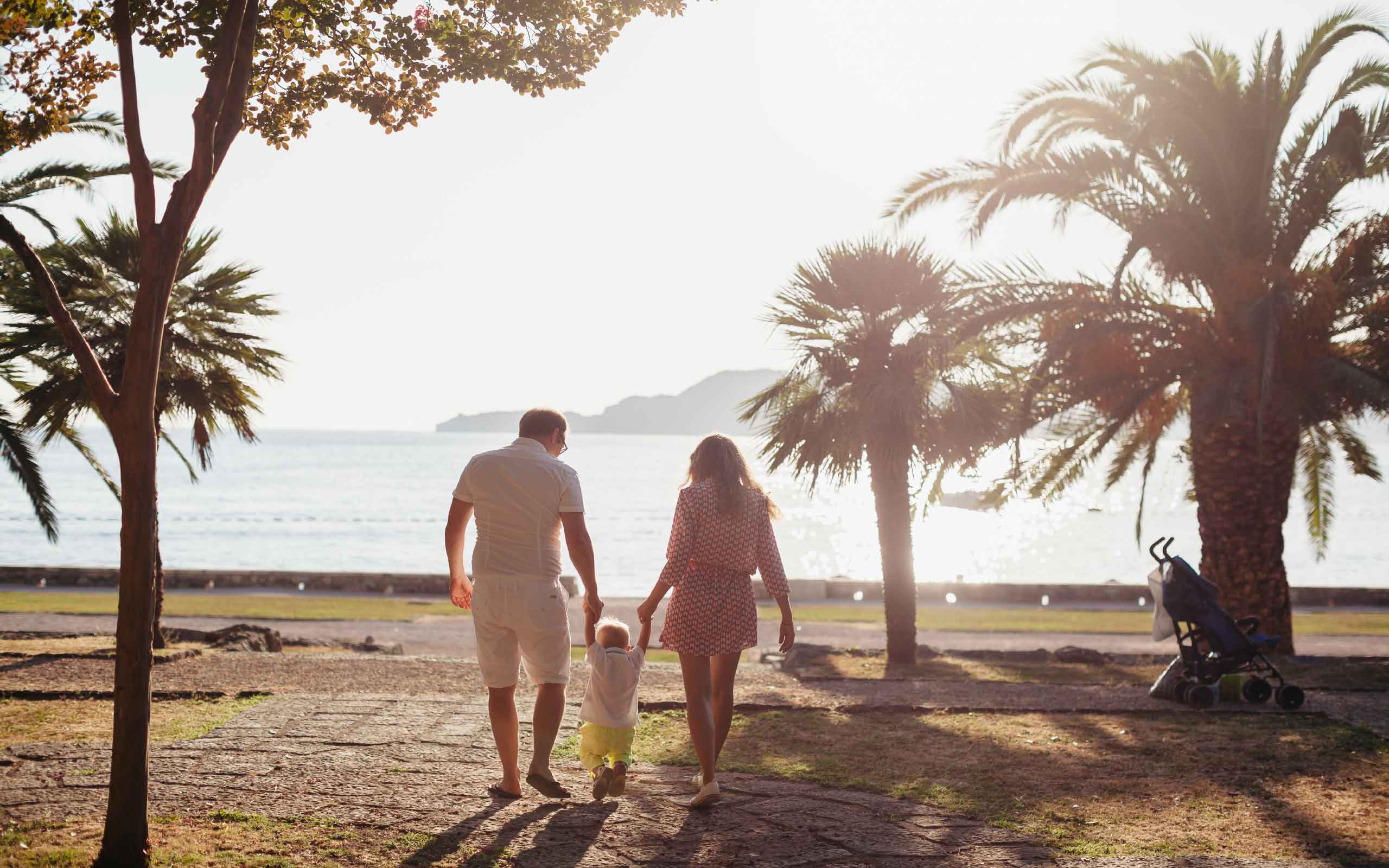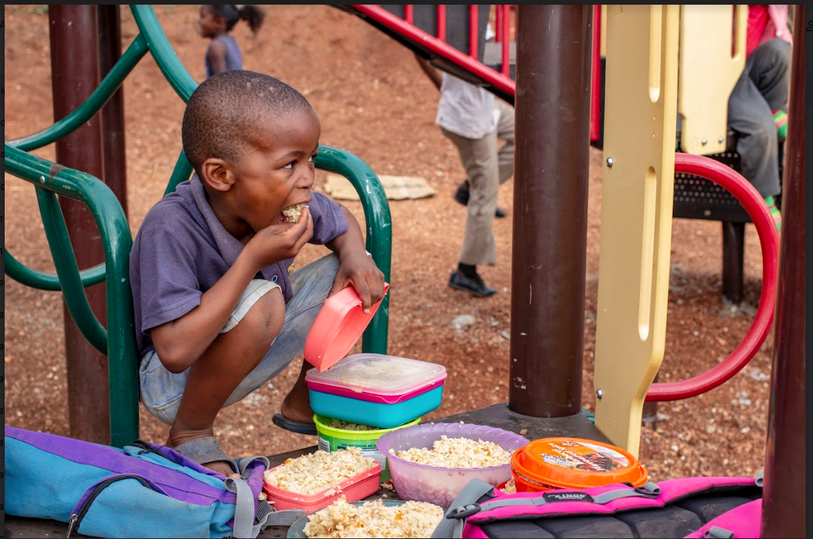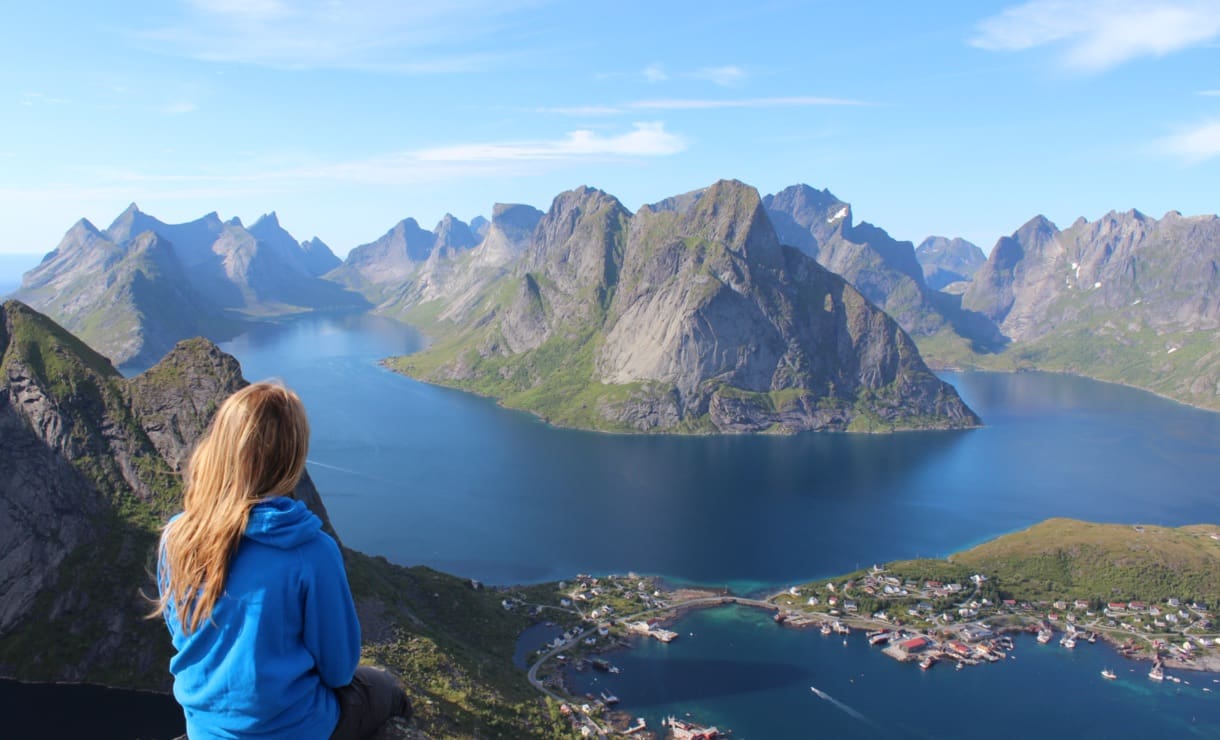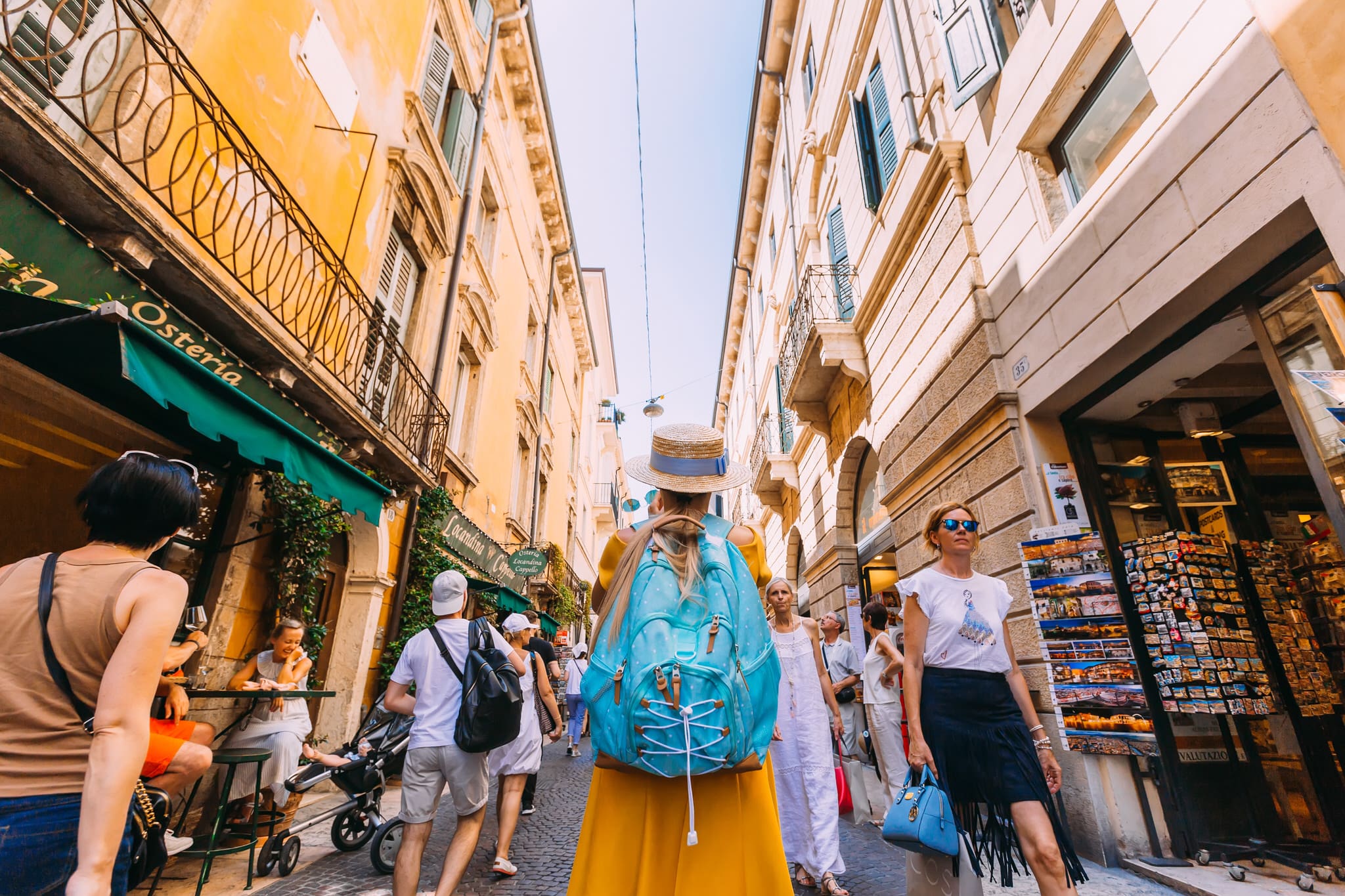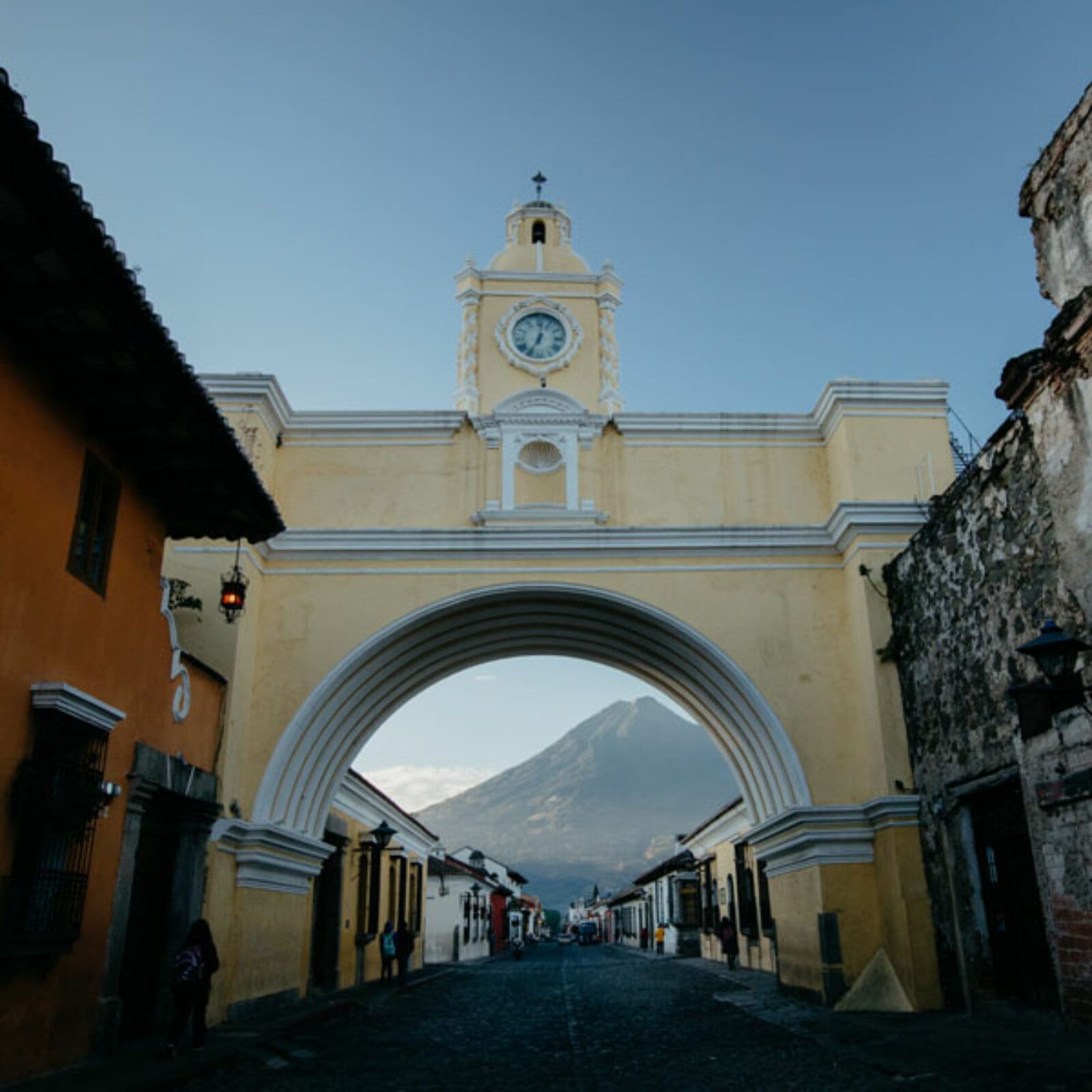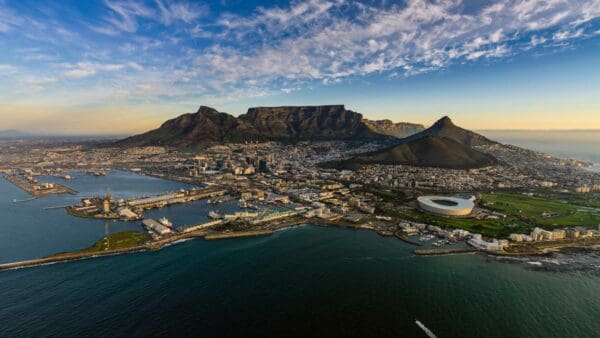When my dad visits a country that he’s been to before, he often starts his sermon in the following way: “The last time I was in your beautiful country, I left a piece of my heart here, so now I have come back to check on my heart and see how it’s doing.” People always smile and applaud, delighted that he felt at home enough in their country to want to return. But these are not just crowd-pleasing words. We don’t just roam around the world telling people what they want to hear.
Like my father, I’ve been all over the world, and I genuinely have left many pieces of my heart with many people in many places. Sometimes I lie awake at night and want to be in five different places at one time because I know that my friends all over the world could use my help, and I miss them. Sometimes it hurts to think that if I want to gather all the people I have loved in my life in one place, I will have to wait until heaven. Even though I love what I do, scattering my heart across the world is hard, and sometimes it’s difficult to feel truly at home in any one place. So that’s why it’s so special when I get the opportunity to return to places that I’ve been before and visit people who I’ve loved.
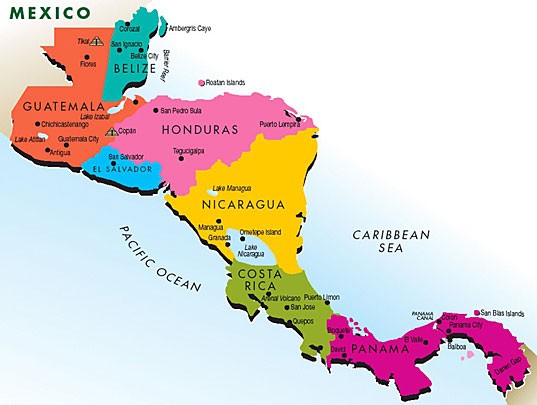
Even though by this point, my heart has been distributed over every continent except Antarctica, I think the biggest piece of it lies in Central America. I’ve loved Central America before I could even find it on a map. I remember the first time I decided that I wanted to visit that region of the world someday. I was eight years old in the third grade, and my class made shoeboxes at Christmastime for Operation Christmas Child. We filled our boxes with gifts for children in need somewhere in the world. Without knowing where they would go, we wrote notes, put in our pictures, and sent them off. A couple months later I received a letter from the girl who had received my box. Her name was Flavia and she lived in Honduras. At eight years old I had no idea where Honduras was (disclaimer: this was before my mother became a world geography teacher, so don’t blame her for my ignorance), but I looked at the sticker of the beautiful blue and white starred flag that she put on her letter, and decided I would go there someday. We became pen pals for a few years, writing back and forth from Georgia to Tegucigalpa. She was learning English in school, so I could read her letters, but at the end she would always write something in Spanish, and out to the side it would say, “You should study Spanish, and one day you can read what this says.” I always wished that I could understand her Spanish postscripts, and I hoped that someday I would speak her language. After a few years Flavia and I lost touched and stopped writing, but my interest in her part of the world remained.
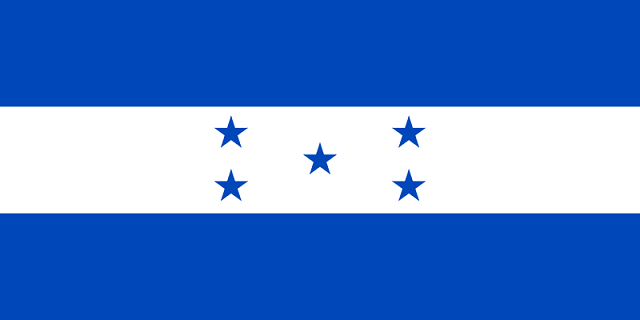
When I was probably twelve or thirteen, my cousin Matt went down to Central America with Athletes in Action. Before he left, he asked Philip and me if we would gather baseball equipment to send down with him to donate to the kids he would be working with. I thought it was a great idea because it combined my favorite sport with the part of the world that had always most intrigued me. So Philip and I asked all our friends in the baseball and softball communities in Atlanta and rounded up quite a bit of equipment to send down with Matt. I was still young, but I remember wishing that I could go with him to meet the kids the gloves were going to and actually see what Central America was like. But that would have to wait a few more years.
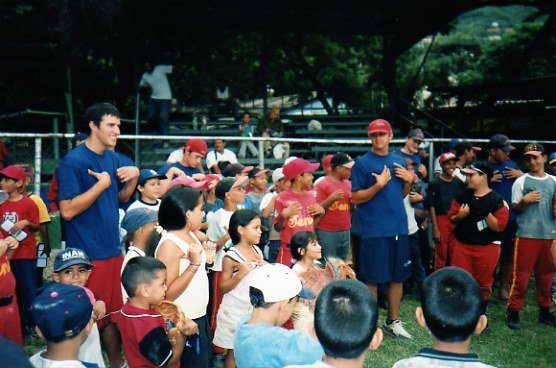
When I got to high school, I had the choice to study French or Spanish. I really didn’t know much about either language, but I remembered Flavia’s letters and how much I wished I could read the end of them, so I decided to give Spanish a try. I was worried that I wouldn’t understand and wouldn’t do well in the classes, but by the end of the first class I knew I wanted to be fluent. I decided when I was fourteen that even if it was hard, I would continue studying until I was bilingual.
I remember the first time that I got to see the look on someone’s face when I spoke to them in their native language. I was sixteen, and a few of my friends and I planned and organized a day camp at our school for children in local apartments whose parents worked on days when the public schools were off. We went to their apartments to invite the kids to come, but quickly realized that most of the parents didn’t speak enough English for us to explain the camp to them and get the necessary forms signed. I went back to school and asked my Spanish teacher to help me. She translated the paperwork for us and taught me all the words I would need to be able explain the camp to those parents, and the next day I went back. I was scared to actually try using the skills I had been working on, but I rang the first doorbell. A woman answered the door, looked at me, and immediately started shaking her head and trying to explain in Spanish that she did not speak English. “Espera,” I said. “Wait.” And, in extremely broken Spanish, I told her about Camp Star. I asked her if she would like her children to come, and she immediately grabbed the forms from me with a smile on her face. She signed up all her children, and then gathered some of the other moms to come talk to me. This time with a group of them listening, I gave my attempted description of the camp, and again they all delightedly signed their kids up. They kept smiling at me and hugging me. I thought it would be hard to convince people to entrust their children to my friends and me, but these women were so excited that I was making an effort to speak to them in the language of their hearts that they agreed to it happily. I never forgot that moment, and it continued to motivate me for years to become fluent in Spanish so that I could continue seeing that look of joy on people’s faces when they realized I could communicate with them. It’s never really worn off.
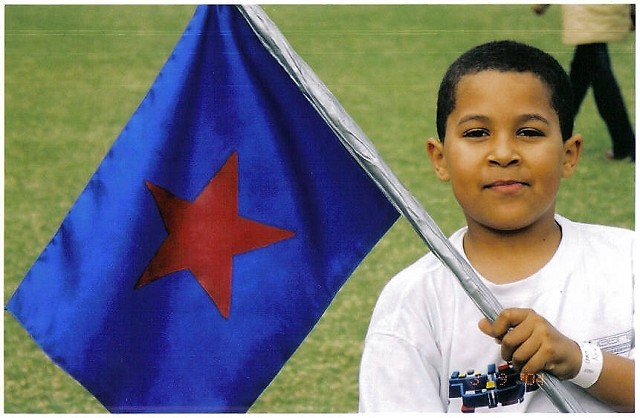
A few years later, when I was a sophomore at Wheaton College, I had to make a tough decision. I wasn’t feeling fulfilled at school, and I realized that I either needed to transfer to a different college or change what I was doing at Wheaton. So, after years of playing the game I loved, I decided to quit softball so that I could get more involved in the ministry opportunities that had initially drawn me to Wheaton. I remember walking back to my dorm from my coach’s office, feeling extremely sad and wondering why I had just chosen to stop doing the thing I loved most. I wondered if I had made the wrong choice, but when I got to my room my best friend Sarah was waiting for me with news that would confirm that I had not. She knew I was going to quit, and that I would be upset, so she had a plan to cheer me up. “Now that you have spring break free, how about we go on a mission trip?” she said. “Ok, sure,” I replied, not really interested in figuring out my life at that moment. “Ok, well I signed us up for the Honduras Project meeting tonight,” she told me. “Honduras? Ok, I’m in,” I said. So, without actually knowing what Honduras Project was, I went to the meeting and applied for the trip. Lots of people applied for only a few spots, but both Sarah and I were chosen to go, and we started attending planning meetings and working on our Spanish. During spring break we spent ten days down in the jungle of southern Honduras digging trenches and helping install a gravity-fed water system for a village that had no access to clean water. I finally got to go to Central America, and it was there that I had my first opportunities to translate. As soon as I set foot in the part of the world that had been calling me since childhood, I felt at home.
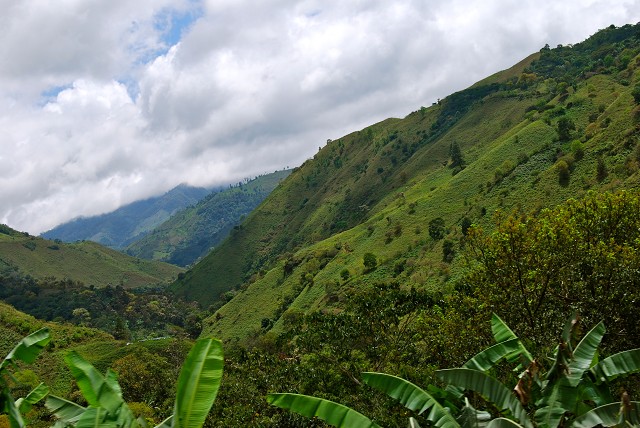
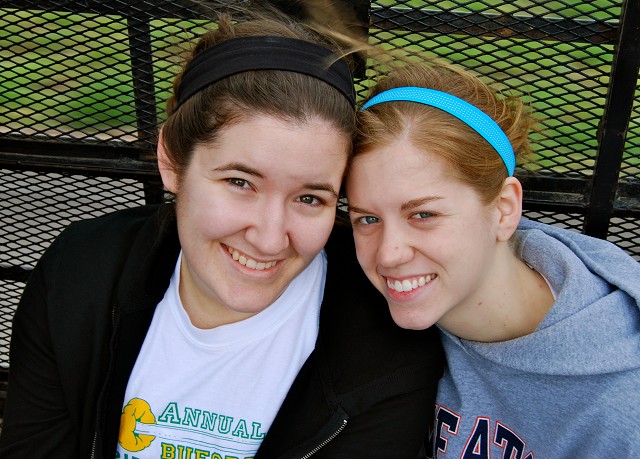
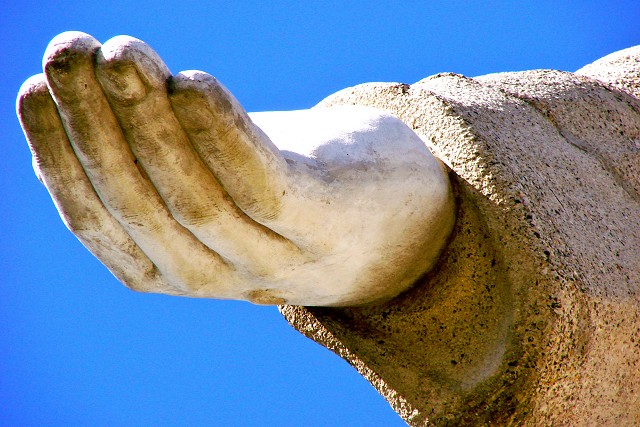
Since then, I have been to every Central American country except Belize and Panama. I’ve explored the Mayan ruins of Mexico, shared the gospel in El Salvador, met the Vice President of Honduras, basked in the sunsets of Costa Rica, listened to the stories of dying sugarcane workers in Nicaragua, and fallen in love with the children of Guatemala. Every time I go back to Central America I know I’m where I should be, and the friends I’ve made over the years make each trip special.
As I’ve been telling you about in my two most recent blogs, I’ve been traveling with my parents and their ministry, Walk Thru the Bible, since the middle of January. We’ve had the joy of going to India, South Africa, and now Central America. In Part 2 of this blog, I’ll share about the visit I took to check on the chunk of my heart that’s hanging out between the Mexican border and the Panama Canal…







